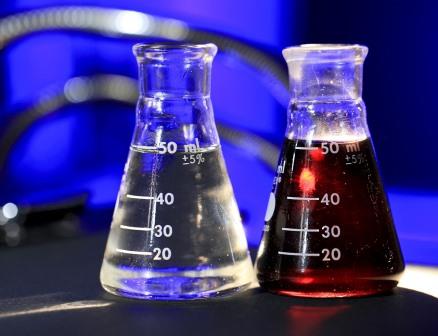Fats and Oils As Higher Esters
Sources, properties and uses detergents and soaps Structure, their mode and action. Fats and oils belong to a general group of compounds known as lipids. SOURCES Fats are solids that usually come from animals e.g. Tallow (mutton fat). Oils are liquids that come from plants e.g. vegetable oil, coconut oil etc. Both fat and oil […]
Fats and Oils As Higher Esters Read More »
